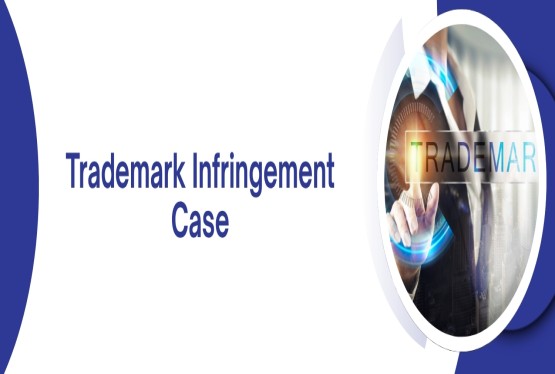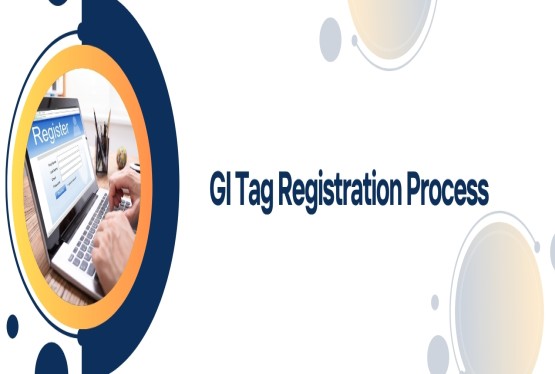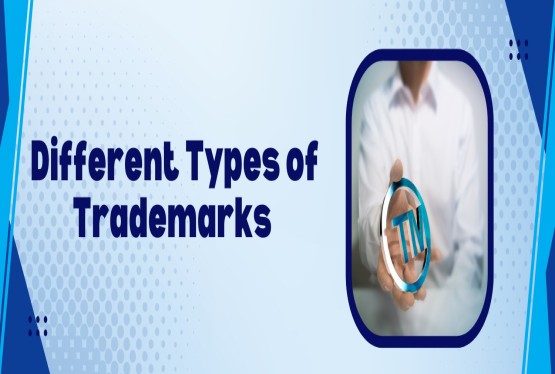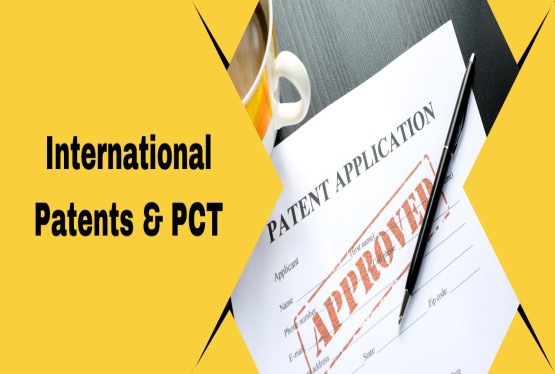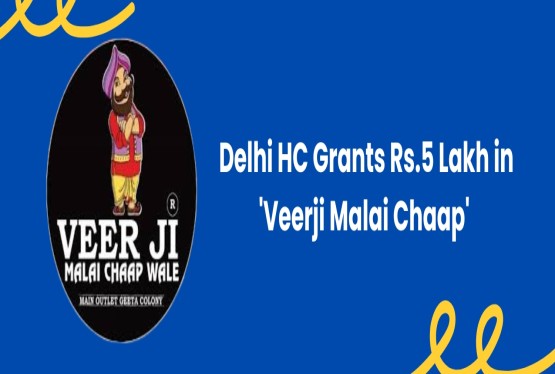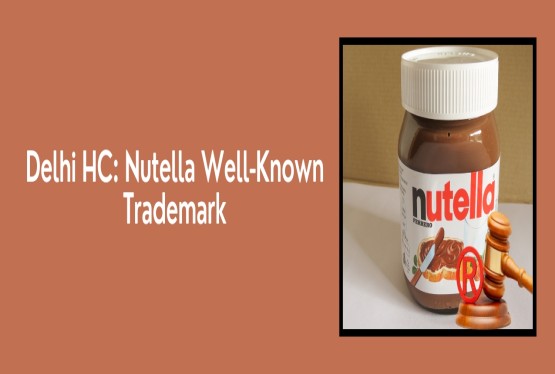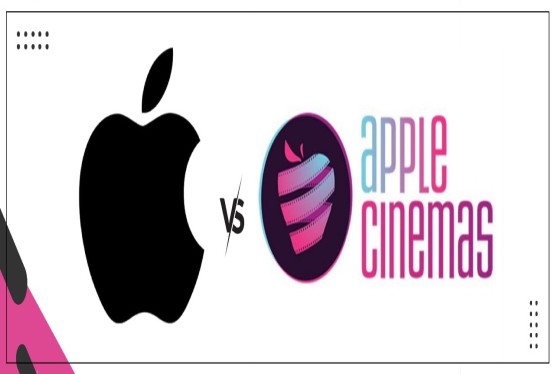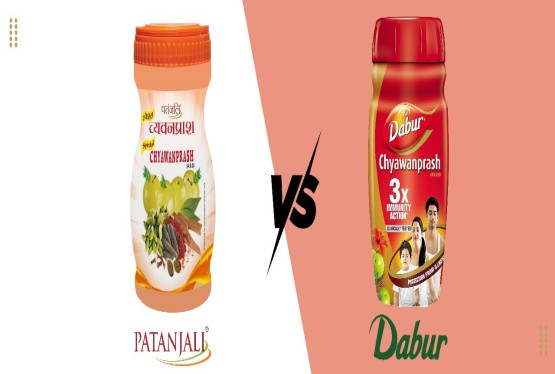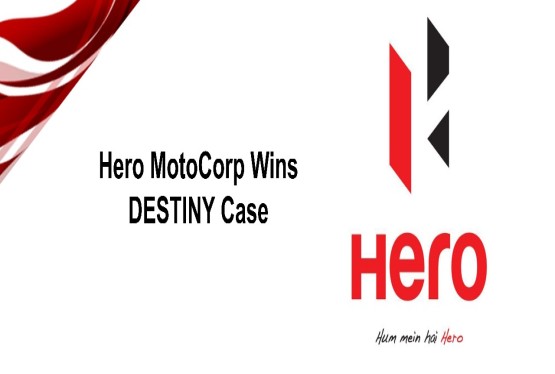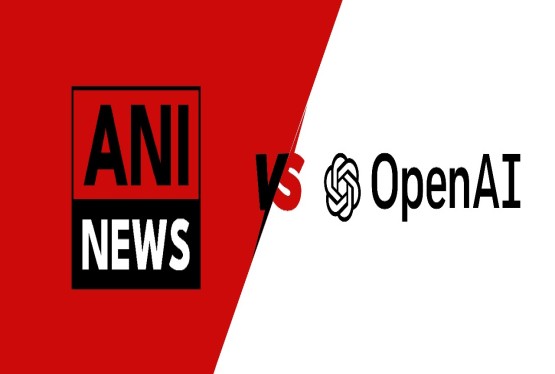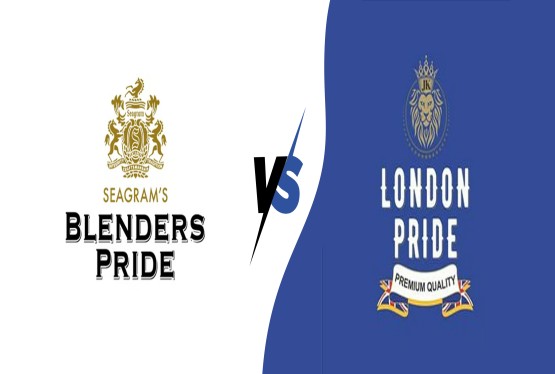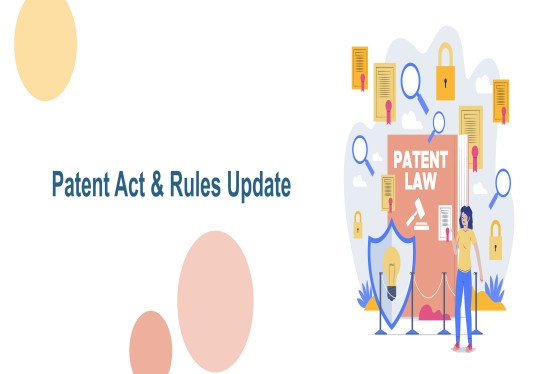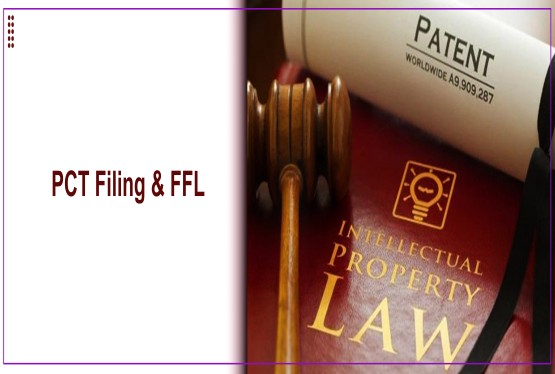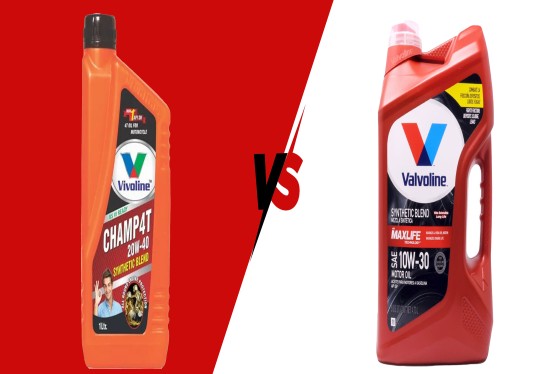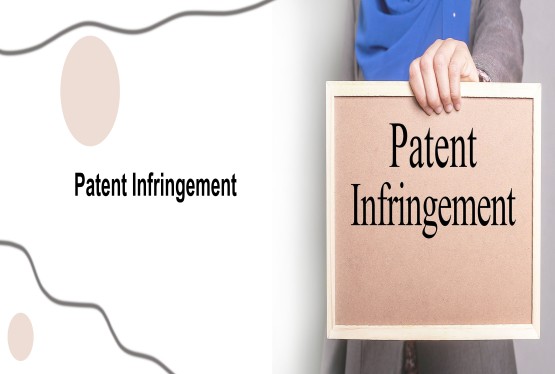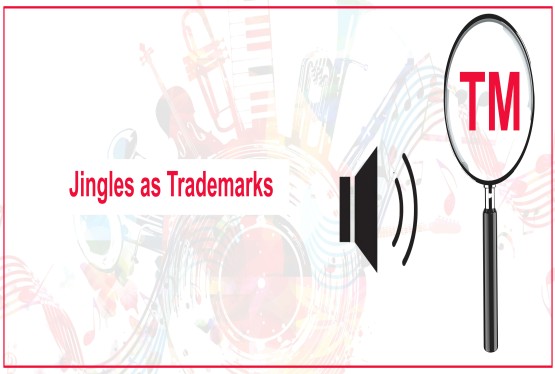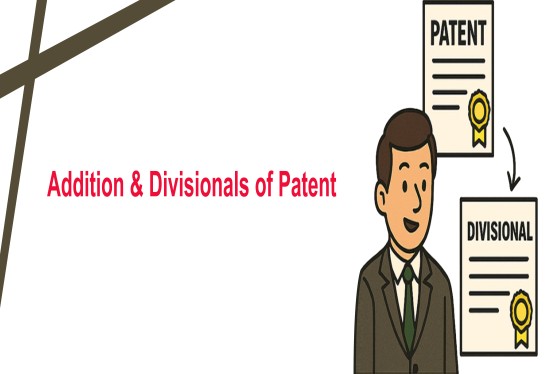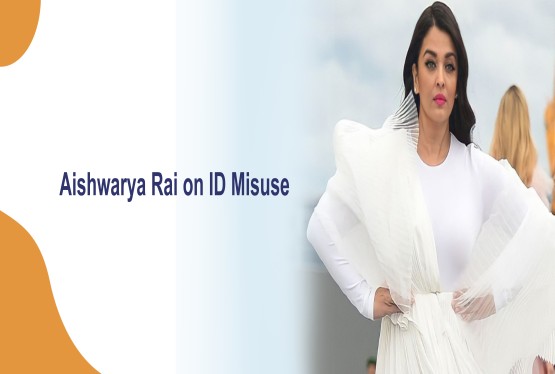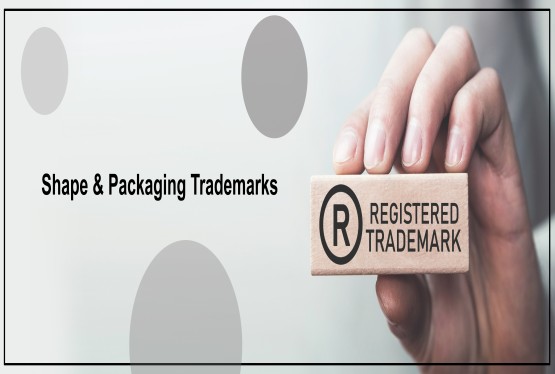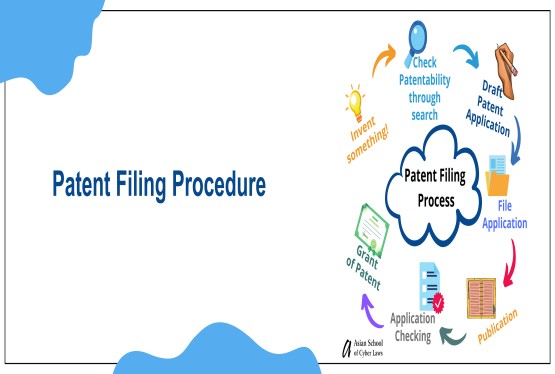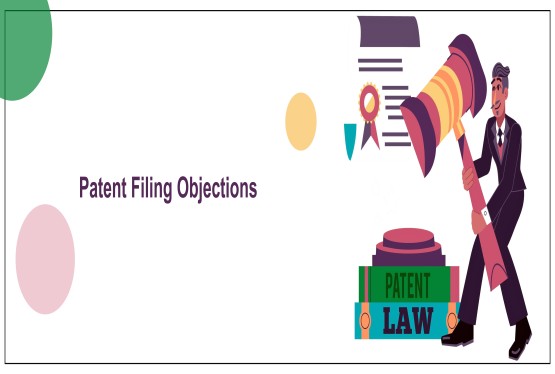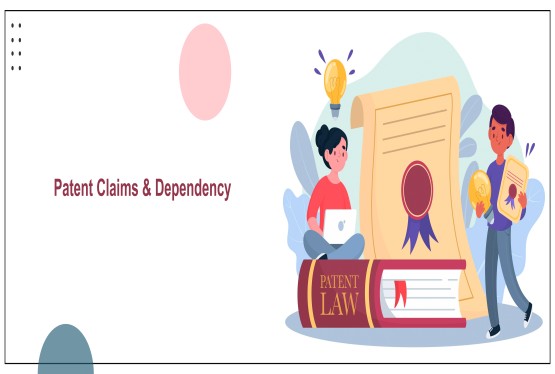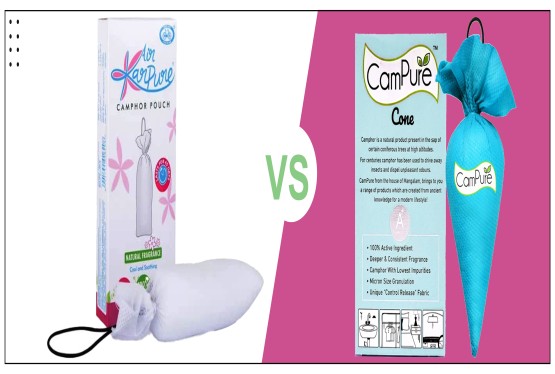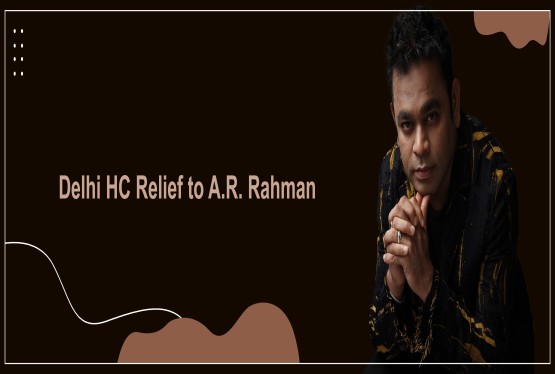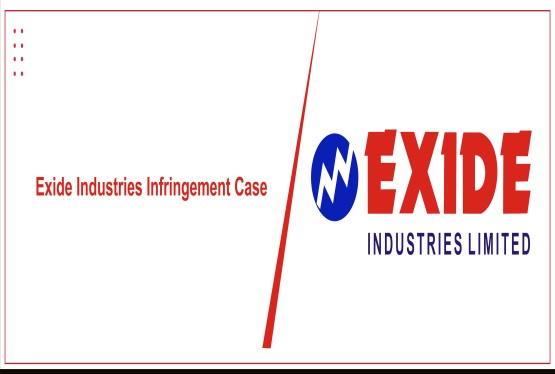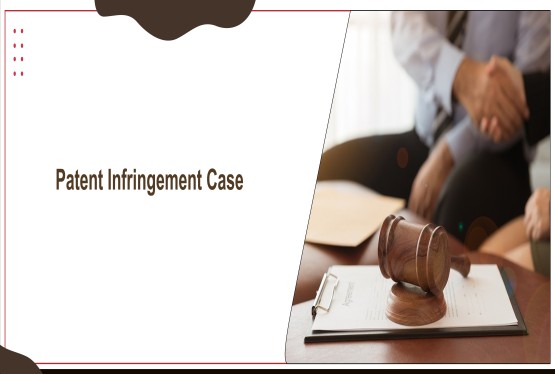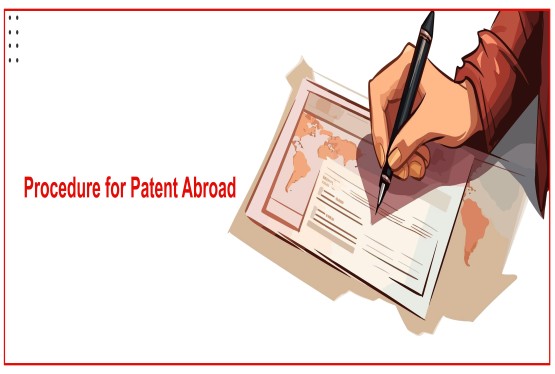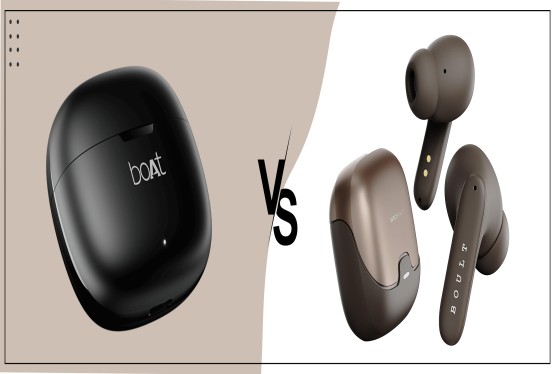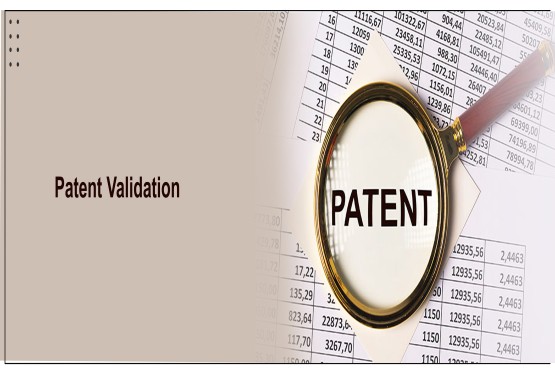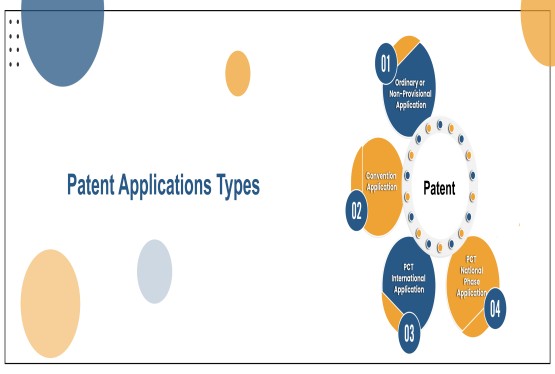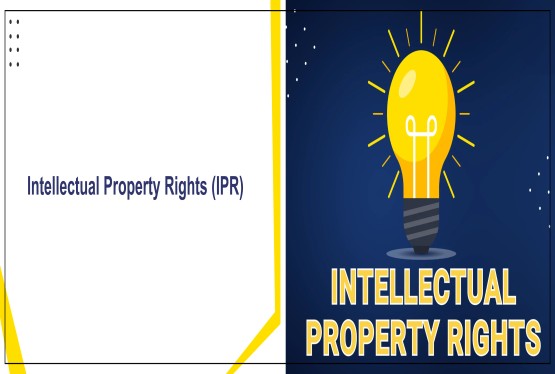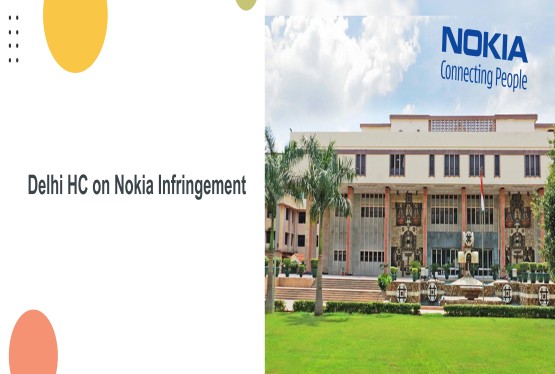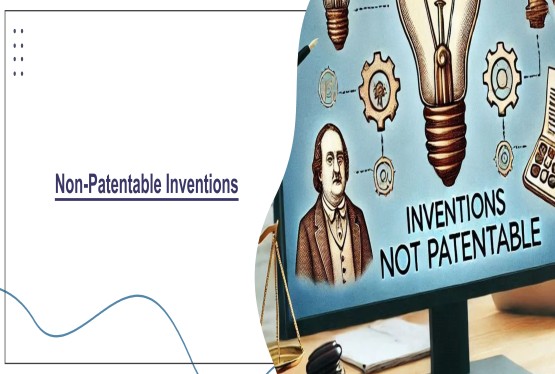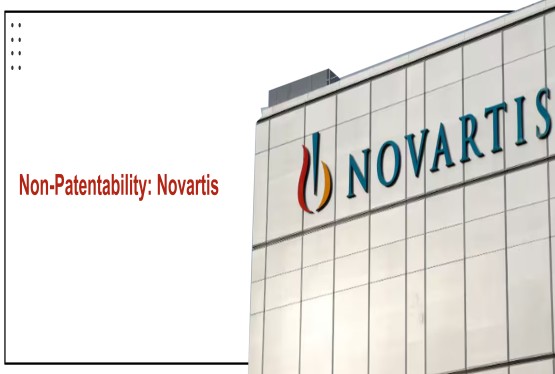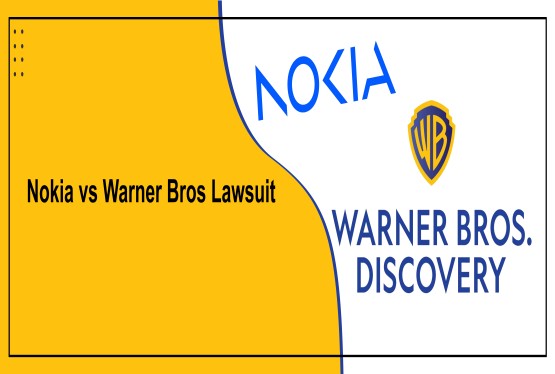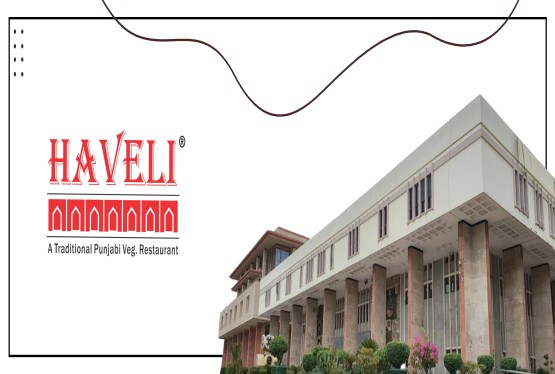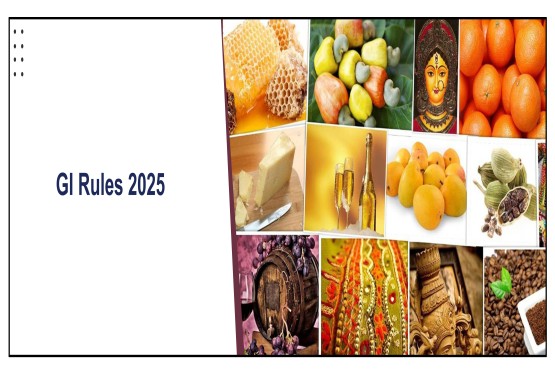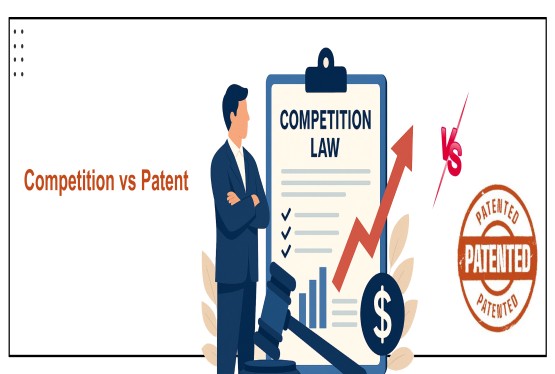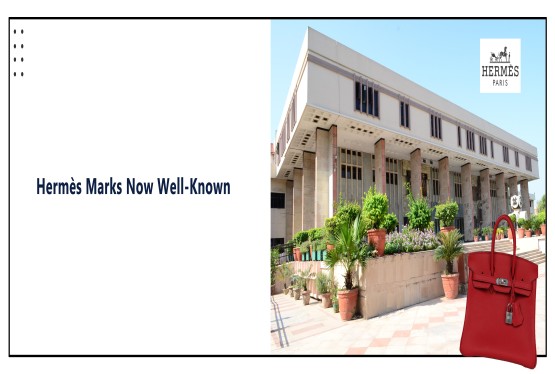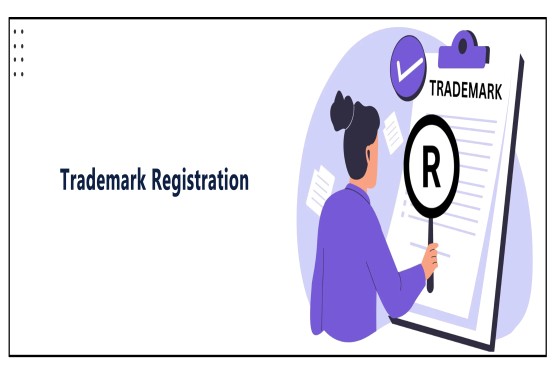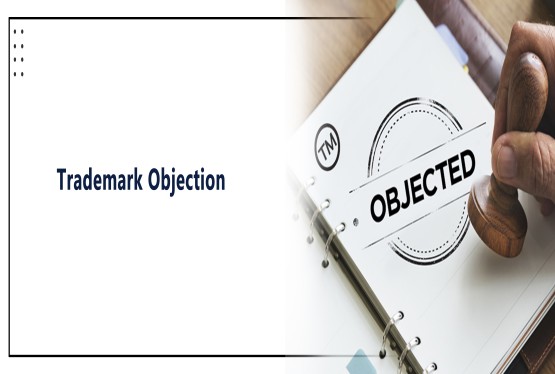When directing the trademark registration process in India, applicants encounter various statuses that reflect the current stage of their application. One such status, often misunderstood, is "Send to Vienna Codification." This article aims to demystify this phase of the trademark process and explain its importance, implications, and steps involved.
What Does "Send to Vienna Codification" Mean?
"Send to Vienna Codification" indicates that your trademark application, which includes graphical elements (such as logos, images, or symbols), has been forwarded to the Vienna Codification branch of the Indian Trademark Registry. The purpose of this step is to classify the visual elements of your trademark using a globally recognized standard: the Vienna Classification.
This is not a fault or an objection against your application. Rather, it is a standard part of the process that ensures your trademark is properly classified so that similar existing trademarks can be easily compared. Proper classification helps prevent confusion and protects both consumers and businesses by ensuring uniqueness.
 What Is the Vienna Codification System?
What Is the Vienna Codification System?
The Vienna Codification System, formally known as the Vienna Classification, was established under the Vienna Agreement of 1973 by the World Intellectual Property Organization (WIPO). It provides a structured, international approach to classifying figurative elements in trademarks.
Even though India is not a signatory to the Vienna Agreement, it voluntarily adopts this system for better harmonization with global trademark practices. The goal is to create a consistent and reliable way of organizing logos, symbols, and images in trademarks across various jurisdictions.
This system improves trademark searches, makes examination more efficient, and allows international compatibility an essential feature in today's globalized business environment.
Applicability: When Is This Step Triggered?
The Vienna Codification step is triggered when a trademark application includes any form of graphic design. This includes:
-
Logos
-
Symbols
-
Emblems
-
Images
-
Designs
-
Shapes
-
Color combinations
Trademarks that are purely word-based (also known as "wordmarks") and contain no design or figurative element do not require Vienna Codification.
Example:
If your trademark is simply the word "MARS" written in plain text, it won't undergo this step. But if your trademark includes an image of a planet, it will be classified under a specific category related to celestial bodies.
Process and Timeline
Registering a trademark in India involves a structured legal process under the Trademarks Act, 1999. Each step serves a specific purpose and contributes to ensuring that your trademark is distinctive, legally sound, and does not infringe upon existing marks. Below is a step-by-step breakdown:
Application Submission
The first step is filing your trademark application through the IP India portal (https://ipindia.gov.in).
-
You must choose between filing as an individual, company, LLP, or other legal entity.
-
The application includes:
-
Details of the applicant
-
The trademark (wordmark or logo)
-
The class of goods/services (as per the Nice Classification)
-
A description of the goods/services
-
Image of the logo (if applicable)
-
Date of first use (if already used in business)
-
Applicable government fee
Once submitted, the system issues a Trademark Application Number, which you can use to track your status.
Formality Check
After submission, the application undergoes a Formality Check by the Trademarks Registry.
-
Purpose: To ensure the application is correctly filled and all necessary documents are attached.
-
It verifies:
-
Applicant’s identity and authority
-
Payment of correct government fees
-
Correct class selection
-
Proper representation of the mark
-
Whether the Power of Attorney (TM-48) is submitted (if represented by an agent)
Status Update:
-
If all is in order: Status changes to “Formality Check Pass”.
-
If there are errors (e.g., missing documents, incorrect form, clerical mistakes):
Status changes to “Formality Check Fail”, and the applicant must respond within 30 days by filing a TM-M form (modification form) along with a fee of Rs.900.
Send to Vienna Codification
This stage applies only if your trademark includes a figurative element such as a logo, symbol, design, icon, or non-textual graphic.
-
The application is forwarded to the Vienna Codification branch of the Indian Trademark Registry.
-
The figurative component of your mark is categorized using the Vienna Classification System, an international agreement developed by WIPO (World Intellectual Property Organization).
-
This classification includes symbols such as:
-
Animals
-
Humans
-
Stars, moons, celestial objects
-
Geometrical shapes
-
Heraldic symbols
-
Plants, landscapes, buildings, etc.
The aim is to standardize graphic elements, making global trademark comparison and searches more efficient.
Important Note:
-
This is not an objection or error.
-
It is an internal procedural step.
-
No action is required from your side, but you should monitor the application for updates.
Typical Duration:
Although officially expected to take 3–5 working days, recent trends show delays of up to 2–9 months due to administrative backlog.
Examination Report
After Vienna Codification (if applicable), the trademark application proceeds to substantive examination.
-
Conducted by an Examination Officer of the Trademarks Registry.
-
The officer evaluates the trademark under:
-
Section 9 of the Act (Descriptiveness, Non-distinctiveness)
-
Section 11 (Similarity with existing marks)
Outcome of Examination:
-
No objection: Status changes to “Accepted and Advertised”.
-
Objection raised: An Examination Report is issued stating the grounds.
-
The applicant must file a reply within 30 days.
-
If the reply is accepted, the mark proceeds to publication.
-
If rejected, the applicant can request a hearing and defend the application.
Publication in Trademark Journal
If the application clears examination (or post-hearing), it is published in the Trademarks Journal, which is publicly accessible on the IP India website.
-
Purpose: To provide an opportunity for third parties to oppose the registration if they believe it infringes their prior rights.
-
The mark remains in the journal for 4 months.
-
During this time, any person can file an opposition using Form TM-O, citing their reasons.
If No Opposition:
The application proceeds to registration.
If Opposition Filed:
A legal process begins, including:
-
Filing of counter-statement by the applicant
-
Evidence submission by both parties
-
Possible hearings before the registrar
Opposition & Registration
Final Step:
-
If there is no opposition, or the opposition is resolved in the applicant’s favor, the trademark proceeds to registration.
-
The applicant receives a Registration Certificate bearing the Trademark Number, logo, class, and validity.
Validity:
-
A registered trademark is valid for 10 years from the date of application.
-
It can be renewed indefinitely every 10 years by paying the prescribed renewal fee
Current Timeline:
Initially, this process took around 3–20 working days. However, due to increasing backlogs, it now may take between 2 to 9 months, depending on the complexity and the registry's workload.
Vienna Classification Structure
The Vienna Classification is divided into 29 categories, each with numerous divisions and sub-divisions. Each category represents a distinct type of figurative element that may appear in a trademark.
Notable Categories Include:
01: Celestial bodies, natural phenomena (e.g., stars, planets, clouds)
02: Human beings
03: Animals
05: Plants and flowers
06: Landscapes, sceneries
07: Buildings and structures
11: Clothing and accessories
13: Household items
14: Electronic appliances
18: Vehicles and transportation
26: Geometrical shapes
27: Letters and numerals
29: Color combinations
Each element in your trademark is assigned a specific code, allowing precise identification and comparison.
What Comes After Vienna Codification?
Once your application has passed through the Vienna Codification phase, it moves to the next steps:
-
Formality Check Pass: All details are in order.
-
Formality Check Fail: If any document or data is incorrect or missing.
In the case of a failure, you must:
-
File a TM-M Modification Form.
-
Pay a government fee of Rs.900.
-
Submit corrections within 30 days to avoid rejection.
Once formalities are completed, the application proceeds to substantive examination, where objections (if any) are raised under:
-
Section 9: If the mark is descriptive or generic.
-
Section 11: If it is similar to existing trademarks.
Conclusion
The “Send to Vienna Codification” status is a standard and essential step in the Indian trademark registration process. It signifies that the figurative elements in your mark are being reviewed and classified using an internationally accepted system.
While the terminology may sound technical, it is not a reason for concern. No action is needed from the applicant during this stage. Instead, this process supports accuracy, international compatibility, and effective protection of visual branding.
Understanding this step helps applicants remain calm, informed, and prepared as their trademark progresses toward final registration.
FAQs
Q1. Do I need to take any action?
Ans. No. The registry handles it automatically. Only respond if a formal objection arises.
Q2. How long will this status last?
Ans. Between 2 to 9 months currently, depending on registry workload.
Q3. Can I skip this process?
Ans. Only wordmarks without any design elements can skip Vienna Codification.
Q4. What if my logo contains multiple visual elements?
Ans. Each will be assigned a separate Vienna Code for clarity and precision.
Q5. Will my trademark be rejected if similar codes exist?
Ans. Not necessarily. But the examiner may raise an objection if there is significant similarity.





























_(b)_of_the_Trademark_Act,_1999_(1)_crop10_thumb.jpg)



_crop10_thumb.jpg)




























_crop10_thumb.jpg)
_crop10_thumb.jpg)






_crop10_thumb.jpg)








_crop10_thumb.jpg)



_crop10_thumb.jpg)





























_crop10_thumb.jpg)

















_crop10_thumb.jpg)






_crop10_thumb.jpg)












































































































































_crop10_thumb.jpg)




































_crop10_thumb.jpg)












_crop10_thumb.jpg)













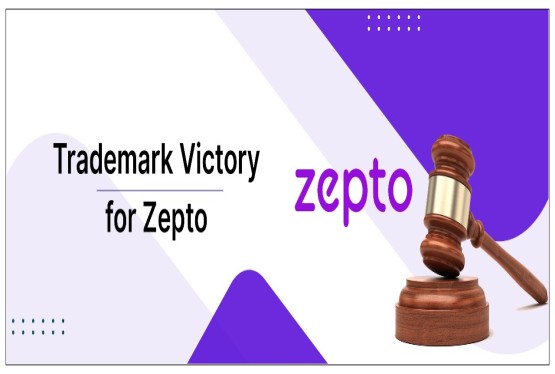




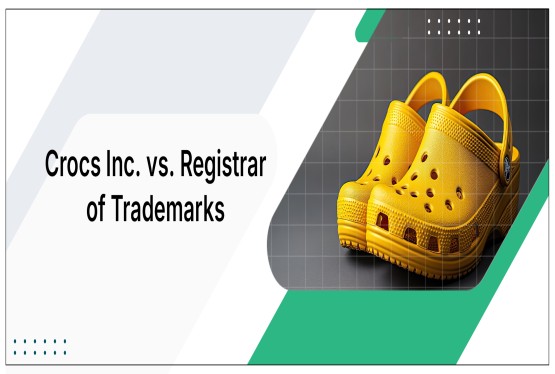




























_crop10_thumb.jpg)






